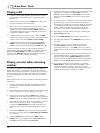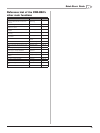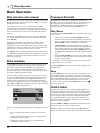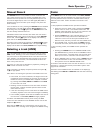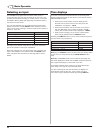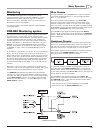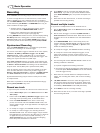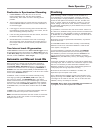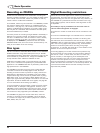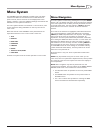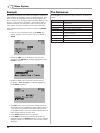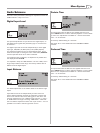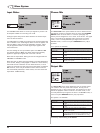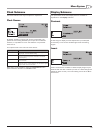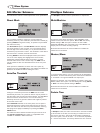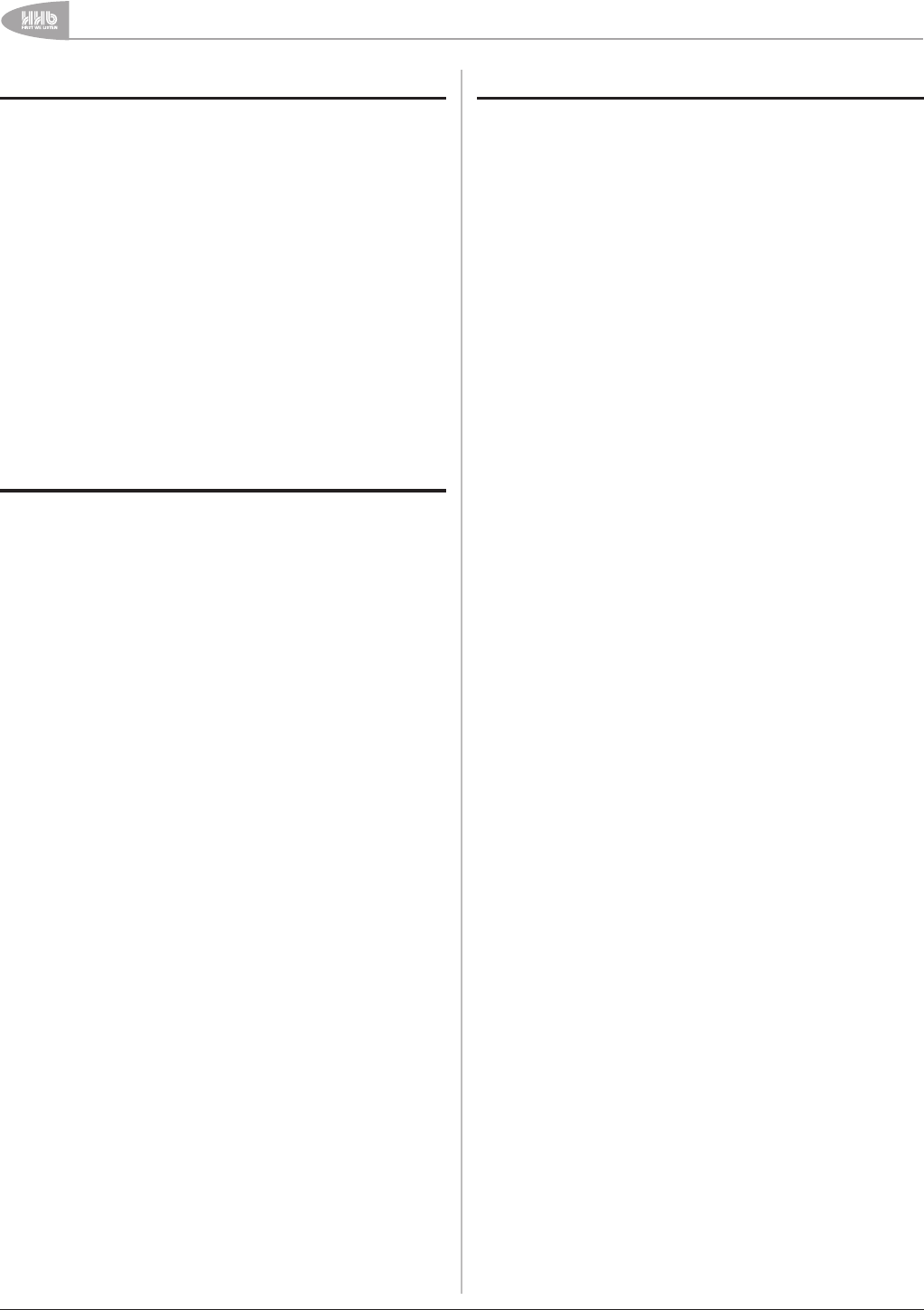
Basic Operation
26
CDR-882 User Manual Version 1.0www.hhb.co.uk
Recording on CD-RWs
A CD-R can have additional tracks added after recording has
finished, but before finalisation. It is not possible to delete tracks
from a CD-R, once recorded; neither is it possible to add any
further tracks to a CD-R after finalisation.
On a CD-RW, tracks may be overwritten. The CDR-882 provides
the means to delete certain tracks from a CD-RW (there are
restrictions – see page 47). Like a CD-R, further tracks can be
added to a CD-RW before finalisation, but unlike a CD-R, a CD-
RW may also be “unfinalised” after finalisation has taken place,
and tracks deleted and/or added.
The basic process of recording a single CD-RW is essentially no
different from recording a CD-R. The display will confirm that
the disc is a CD-RW once a disc is inserted. If there is already
programme material on the disc, the number of tracks will
be displayed; once RECORD is pressed and the drive enters
RECORD PAUSE mode, the track counter will increment by one,
ready for the addition of the new track(s).
Disc types
CDs are recorded to CD-DA Red Book standard in the CDR-882
DualBurn Recorder using either CD-R (write once) or CD-RW
(rewriteable) blank discs. Blank discs optimised for audio use are
recommended for professional use, though the CDR-882 will
accept standard “data” CD-Rs and CD-RWs as well.
HHB blank recordable media is recommended for high quality
audio, as it is manufactured specifically for professional audio
applications. The CDR80HS 52x disc is particularly suited to the
high-speed drives in the CDR-882.
The CDR-882 is also able to play and record audio CDs with
“encoded” formats such as Dolby Digital or DTS. No audio
decoding for these formats is provided on replay, however the
Dolby Digital or DTS bitstream is available in full at the digital
outputs. Recording of such formats is possible either by using
DISC COPY mode, or by connecting a Dolby Digital, DTS, etc.,
digital input signal externally. (Sample rate must be 44.1kHz and
Input Dither should be disabled with such signals; see page 30
for more information about setting Input Dither.)
It may be possible to play discs which include non-audio content
as well as audio; an example is CD+graphics. However, if the
CDR-882 is used in DISC COPY mode with such discs, only the
audio content of the source disc will be copied. Discs with CD
Text content are fully supported by the CDR-882, however.
The CDR-882 only plays and records audio discs; other CD
formats, for example computer CD-ROMs, cannot be played
or recorded. No support is provided on playback or record for
MP3, WMA, AAC, etc. files
Digital Recording restrictions
Almost all commercial digital source material is protected by
copyright laws, and many CDs use copy control flags to limit
digital recording of a source to one generation only. However, as
the CDR-882 is a professional recorder the status of the copy
control flag is ignored, and the status of the flag written to disc
is adjustable.
This facility is only for professional use and must never be
used to enable infringement of copyright.
The maximum number of tracks which can be recorded to a CD
is 99.
The minimum allowable length of a individual track is 4 seconds.
Track numbers are automatically recorded to a CD along with
the audio data, and incremented at the start of each track. The
CDR-882 is able to create new tracks in several ways, based on
IDs in the incoming digital audio (S/PDIF only), audio threshold,
fixed time increments (useful when recording a long single
programme), or manually. See page 33 for more details on how
selection of the various options is made.
If recording digitally from a DAT machine some problems may
be encountered as to the location of track numbers relative to
the start of a track. In some cases, the start of a track may
not be recorded, or the beginning of the subsequent track
may be recorded on the end of a track. These anomalies are
inherent in the DAT system and are a consequence of the
accuracy achievable for inserting IDs into the DAT format using
a DAT recorder’s Auto ID function. To avoid these problems, we
recommend that Start IDs are inserted manually on the DAT
tape whenever possible.



